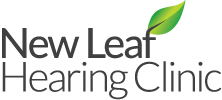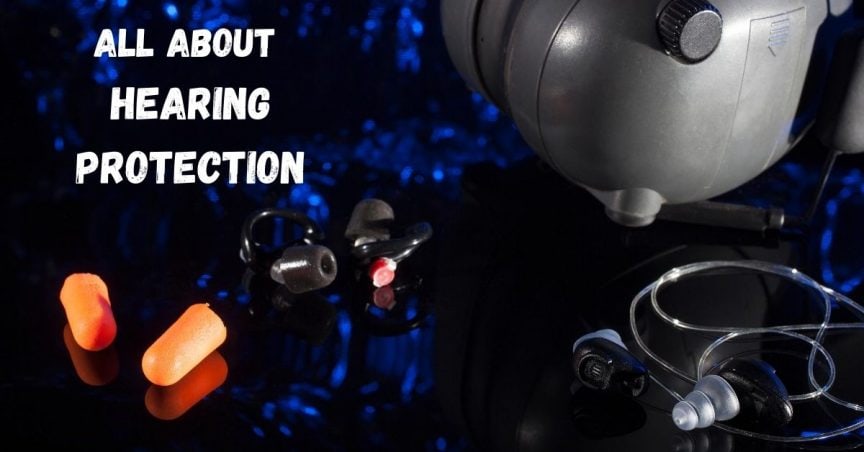- The Emotional Journey of Accepting Hearing Loss - October 25, 2024
- Making a Style Statement with Hearing Aids This Fall - October 15, 2024
- Fireplace Safety and Hearing aids - October 4, 2024
If you are concerned about hearing protection, you are already taking a step in the right direction. Although advances are rapidly changing the possibilities of hearing assistance, the best way to solve the problems associated with hearing loss is to protect your hearing in the first place.
Wearing hearing protection when you know that the volume level you encounter is putting you at risk is an essential practice for your ongoing hearing health. Yet, all hearing protection is not alike. The wide range of earplugs, muffs, and more advanced protective technology can make it difficult to choose between them.
The following considerations should be held in mind when you are deciding what form of hearing protection to choose.
What is the decibel level of noise?
If you are seeking hearing protection, you can be assured that something is better than nothing. Yet, it is possible to have too much hearing protection for a given environment or task. As a general rule of thumb even the most basic disposable foam earplug should give you 10 decibels of noise reduction. For many situations, that level might be appropriate.
In order to find out how much noise protection you need, you can use a smartphone app to measure the sound level. Whether it is at a worksite, music event, or recreational activity, you can simply use this device to get a general sense of the sound in the space. Take care to measure in a few different locations to get the most accurate reading.
Once you know the general range of noise, you can choose your hearing protection to meet those needs. The National Institute for Occupational Safety and Health at the Centers for Disease Control (NIOSH) recommends that you maintain ongoing noise levels at or below 85 decibels. If you measure that your location does not exceed 95 decibels, then disposable earplugs might be the right choice.
However, for very loud workplaces and activities, you should consider noise-cancelling earmuffs or other advanced forms of hearing protection that can bring down the effective noise level below the 85-decibel cutoff. Aim for ongoing noise levels between 75-85 decibels to ensure your future hearing health.
What are your communication needs?
Although you may be able to achieve noise attenuation at a level that protects your ears, a problem arises when you need to verbally communicate in a workplace or activity. Musicians also need to maintain a sense of the other sounds occurring around them while limiting the damaging volumes. One of the best options to meet this need is a custom-fitted earmold. With a tight fit in the outer ear, these protective devices can make sure that very loud sound is not seeping into the ear canal, while allowing the sound of voices, particularly at a close range, to carry through.
Although these protective devices can be more expensive, they tend to offer overall better sound quality and the right level of noise attenuation for your needs. Custom-fitted earplugs can offer up to 30 decibels of protection, but they can also be reduced to a level that allows communication at the same time.
How do I go about getting the right hearing protection?
Loud worksites are required by law to provide hearing protection to employees as well as to limit the duration of work in very loud environments. However, you are also wise to monitor your own noise exposure.
Using the protection devices they supply is a good starting point, but you can also consult with your hearing health professional about options that go beyond the standard issue protection provided by your employer. Custom-fitted ear molds can provide more advanced hearing protection, more comfort, and better sound quality in many cases.
If you have already experienced hearing loss, contact us to schedule a hearing test. After a hearing test, we will be able to diagnose your individual needs, as well as the range of hearing aids suited to your condition and lifestyle.
Whether you are seeking hearing protection or assistance, the key is to find the right solution and to put it into use, remembering that devices in your pocket do no good toward your hearing health!

